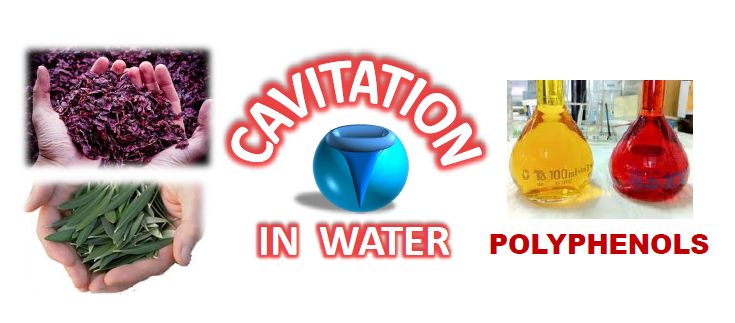We herein provide an overview of the most recent multidisciplinary process advances that have occurred in the food industry as a result of changes in consumer lifestyle and expectations. The demand for fresher and more natural foods is driving the development of new technologies that may efficiently operate at room temperature. Moreover, the huge amount of material discarded by the agro-food production chain lays down a significant challenge for emerging technologies that can provide new opportunities by recovering valuable by-products and creating new applications. Aiming to design industrial processes, there is a need of pilot scale plants such as the “green technologies development platform” that was established by the authors. The platform is made up of a series of multifunctional laboratories that are equipped with non-conventional pilot reactors developed in direct collaboration with partner companies in order to bridge the enormous gap between academia and industry via the large-scale exploitation of relevant research achievements. Selected key, enabling technologies for process intensification make this scale-up feasible. We make use of two selected examples, the grape and olive production chains, to show how cavitational reactors, which are based on high-intensity ultrasound and rotational hydrodynamic units, can assist food processing and the sustainable recovery of waste to produce valuable nutraceuticals as well as colouring and food-beverage additives.

